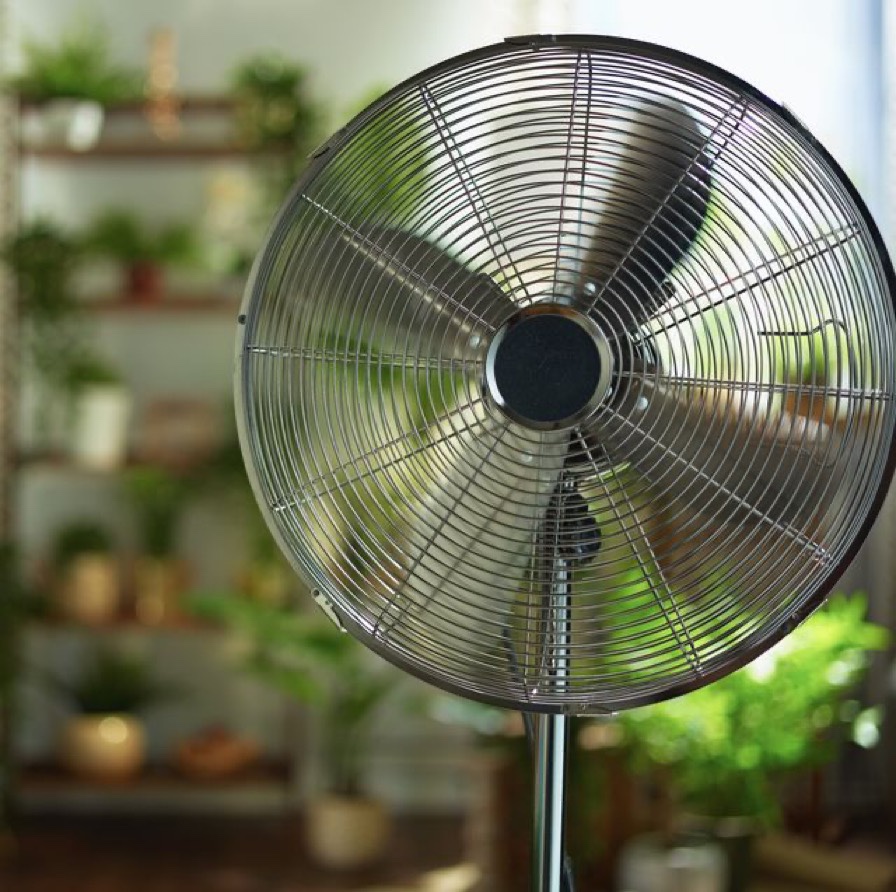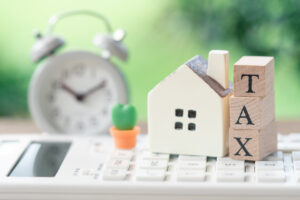Temperatures Soar To 35°C: How Much It Costs To Keep Your Fan Running

Temperatures are expected to soar to 35°C in parts of the UK, with another health-alert set to begin across England in the coming days.
Many of us will be turning to electric fans to keep cool during the scorching weather. With energy prices currently skyrocketing, leaving electrical devices running can be a cause for concern.
With this in mind, Les Anderson, content manager at Bionic, has devised a guide with some key tips on calculating exactly how much your fan is costing to run so you can work keeping cool into your budget:
Find out how much energy your fan uses per hour
Your fan should have its wattage printed on it or in the instruction pamphlet. Once you have the wattage, divide it by 1000 to convert to kilowatt-hours. This is how much energy the appliance uses per hour.
Find out how much you pay for energy
Check your energy bill to find out how much you are currently paying for 1kw of energy. Bear in mind that this figure may have risen recently.
Calculate how much your fan is costing to run
Once you have calculated the kilowatt-hours and know your energy rate you can work out how much your fan costs in a time scale.
For example, if you have a 50-watt fan, divide 50 by 1000 to convert to kilowatt-hours, giving you 0.05. If you want to use the fan overnight and set it for 10 hours, multiply 0.05 by 10 to get 0.5kW. Your fan will use 0.5kW in those 10 hours. If your energy costs 30p per kWh, multiply 0.5 by 30 and you will have the cost to run the fan, which is 15p for 10 hours.
Cost = power (kilowatt) x time (hours) x cost of 1kWh
Please note: if you are on a default tariff you are subject to the current price cap and you cannot be charged more than 28p per kWh. But remember, there’s no price cap on business energy, so if you work from commercial premises your rates won’t be capped. That’s why it makes sense to compare business energy deals when your current one is coming to an end.”
Bionic also recommends making small changes around the home to stay cool and drive costs down:
Turn off appliances when not in use as even in standby mode, electricals give off heat.·
Remember to adjust your thermostat according to the outside temperature





